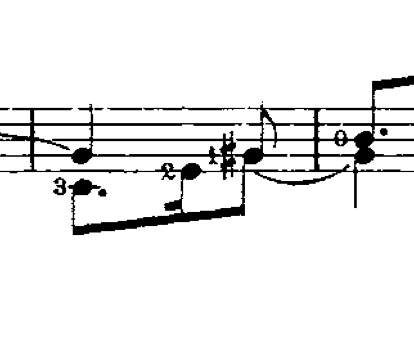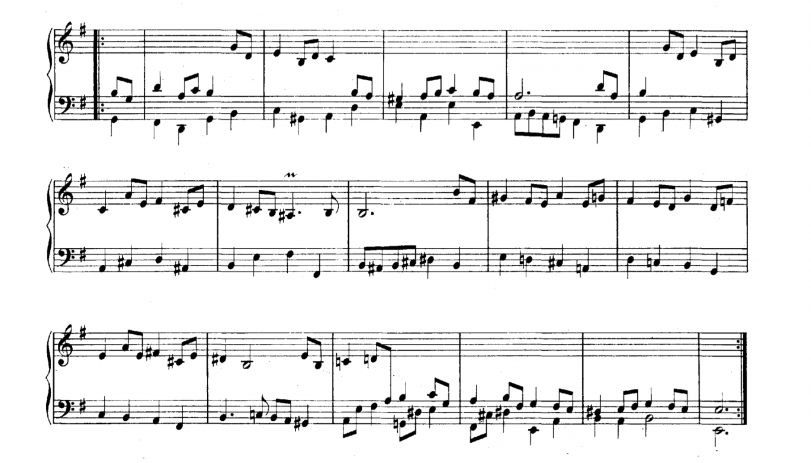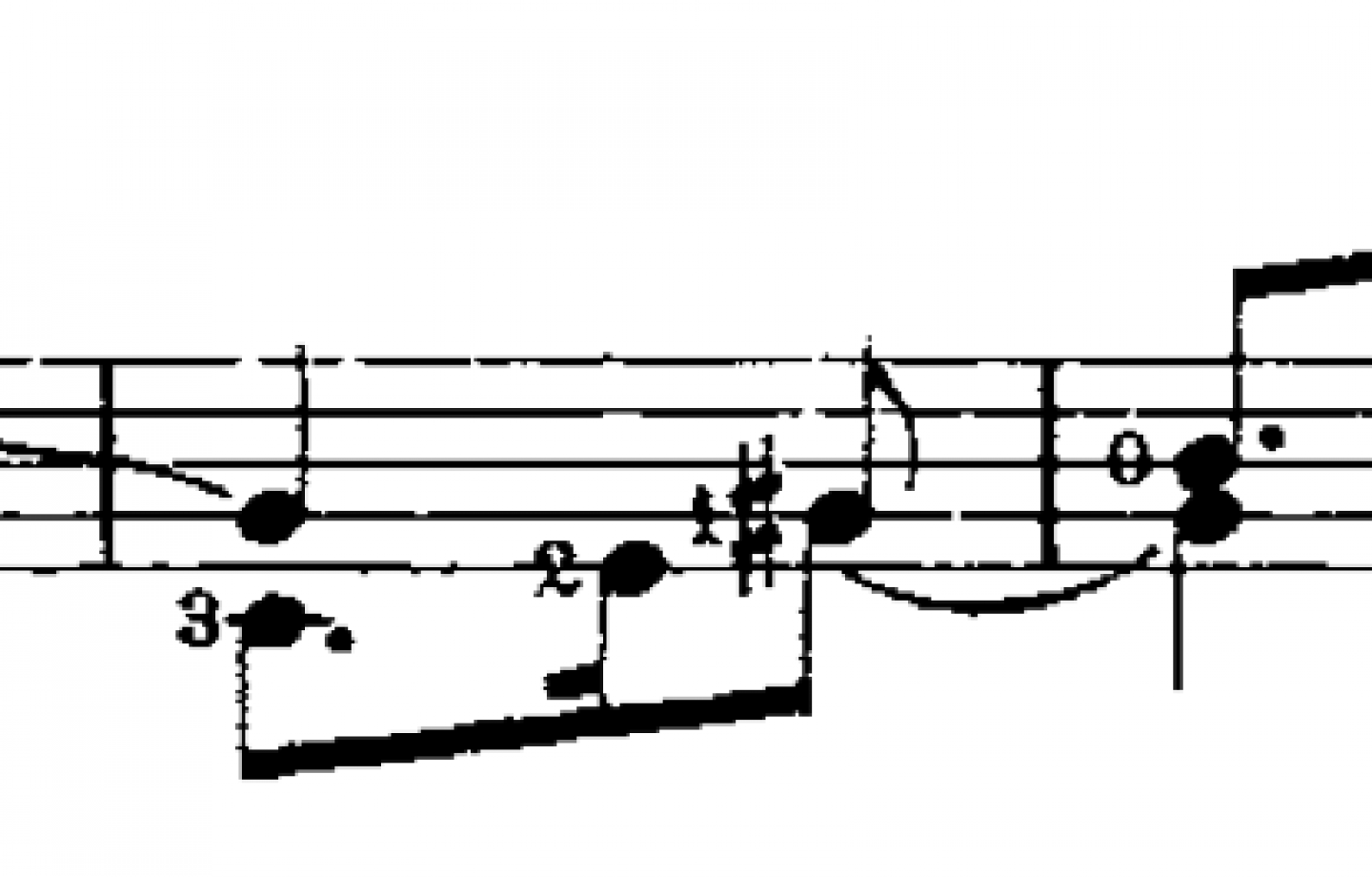A Twisted Pearl in BWV 995
Opening of Sarabande--

Fwiw--this is a complete augmented scale--
The next note is D, which breaks the scale. I suspect agumented scale awareness.
[I'm using the guitar versions in A minor. Bach's version is in G minor.]
The second bar transposes the augmented scale up fourth (with two common tones) and the G# breaks out of the augmented scale into diminished 7 space.

We feel this contrapuntally. Individual notes and pairs of consecutive notes are contrapuntally remembered. The F in bar 2 is remembered in bar 3. The C#-D in bar 2 is remembered in bar 3. The D in bar 4 has been around in the two previous bars, the C natural in bar 4 is still vaguely dangling from 1. These contrapuntal elements nail down (explain further or overdetermine) the contention of interval cycles 4 and 3.
The third beat of measure 1 is an F--a low one in the lute version. The lute version exists in Bach's hand. In the cello version the F is an octave higher, and the cellists tend not to phrase to the 2nd beat (2nd beat is stressed in the Sarabande), but rather to the third.
The minor triad with major 7th is the inversion of the agumented triad with major 7th.
Opening of Gigue
We cannot forget these bizarre moments.
Bach likes to remind us that the A section goes up a 5th, while the B section goes down a 5th. This is his most twisted way of reminding us. No doubt, Bach is intensely inversion aware and micro-macro aware.
The opening figure in the Sarabande stamps the A section. The Gavotte puts a pin in it in the second measure:

No, the Gavotte does not merely remind us of the opening of the Sarabande; it advances the relationship with F from one of succession to one of simultaneity.
This is precisely the way TT rows work, btw--adjacency is immanently a simultaneity.
The augmented major 7 chord in the gigue appears toward the end of the B section. The Saraband figure outlines the tonic triad and it always proceeds to F -- this reminds us of the fugue subject -- E F A B C.
6 and vi move into the piece.
The augmented triad with major 7 emphasizes pitches in the V chord. It moves out of the piece.
This is one of the strangest ways that Bach has made his point about microcosmic and macrocosmic relationships. It's ususally argued as shown in his famouse Bouree; notice the bass line has leading tones, no 7ths as he moves from G major to a minor to b minor; and the bass line has only falling 7ths to take us from b minor back to e minor.

Here's a performance in G minor on lute--
He doesn't pay much heed to the augmented major 7 chord at the end of thge gigue. I think he must have been exhausted by then.


